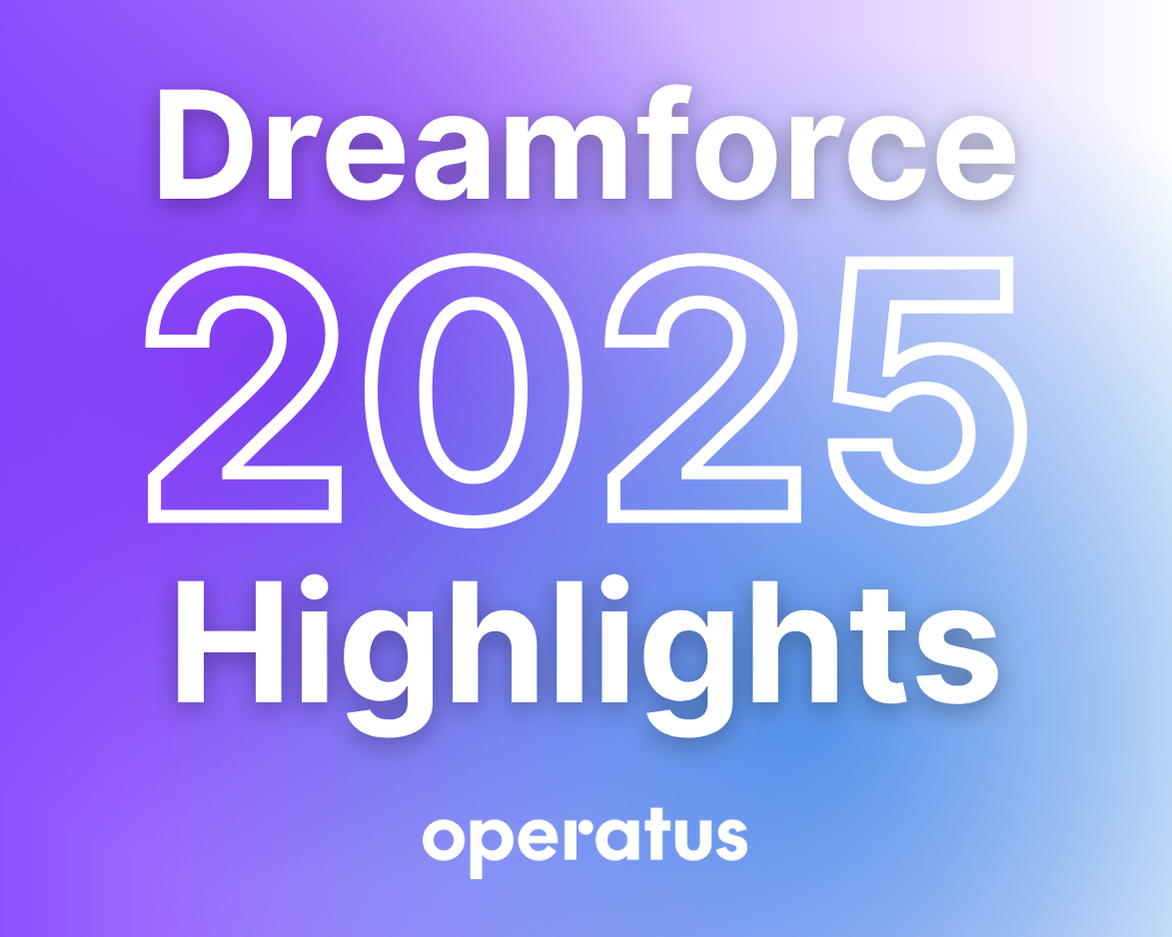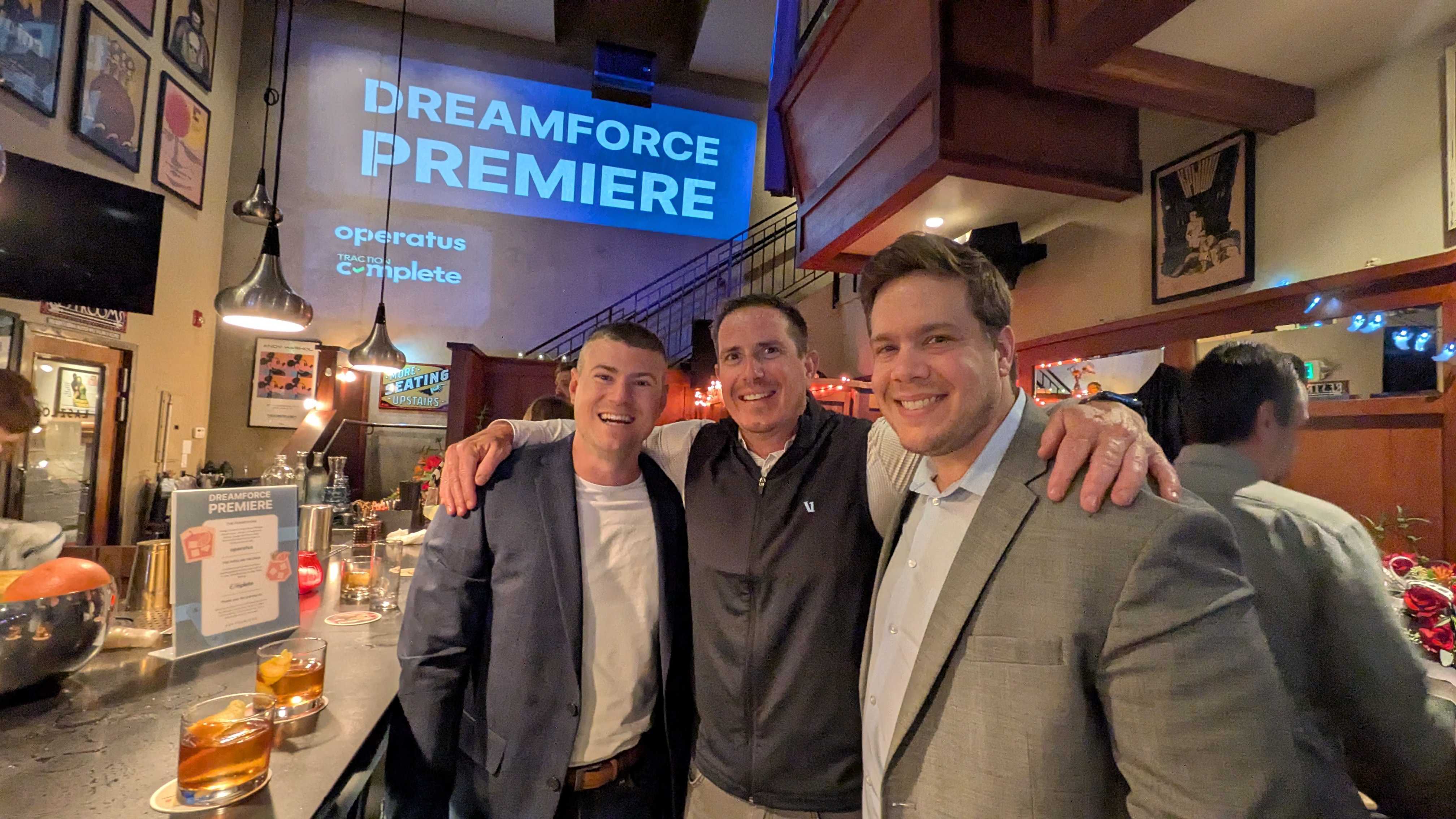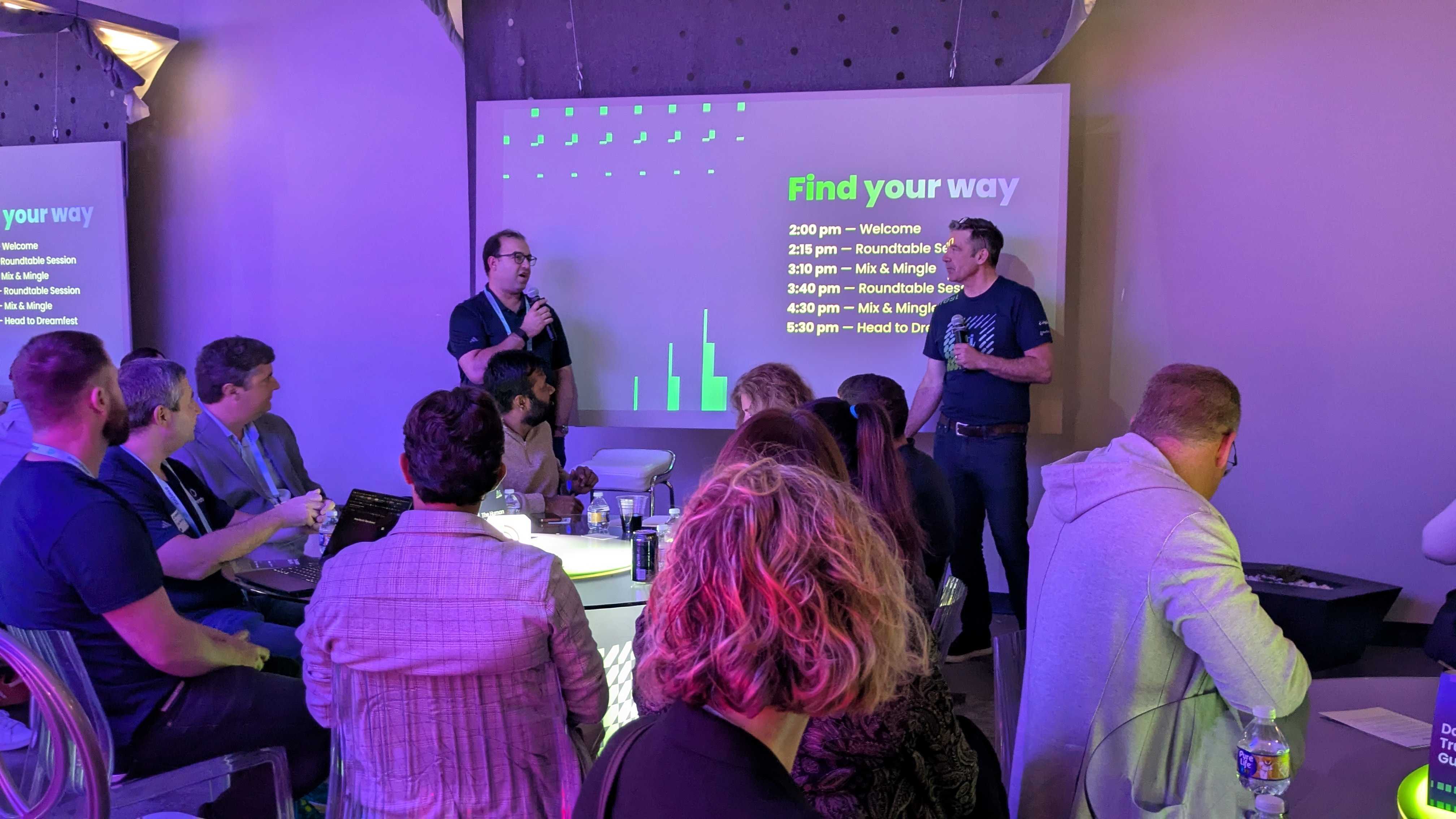


October 23, 2025
What Dreamforce 2025 Taught Us About the Future of Salesforce, RevOps, and AI
Another Dreamforce in the books, and this year felt like a turning point. Between Salesforce’s all-in bet on Agentforce, the growing pains of Revenue Cloud, and everyone’s scramble to figure out AI readiness, one thing was clear: the future of GTM is equal parts automation and adaptation.
Here are three takeaways that stood out to our team.
1. Salesforce is all in on Agentforce
Everywhere you looked, “Agentforce” was the word of the week. Every product keynote, demo, and breakout seemed to revolve around it, and not just for sales or service. Agentforce is being implemented across front-end, back-end, customer success, IT, and more. They’re clearly betting big on AI agents as the next layer of productivity inside Salesforce.
The vision was loud and clear. AI agents will automate routine work, and human expertise will shift toward guiding, training, and governing those systems. There are endless AI use cases floating around, but the real challenge for organizations will be separating fantasy from hype.
Salesforce also seems to be rebranding nearly every product under the Agentforce umbrella (which, let’s be honest, is a bit confusing). Still, it makes the intent clear to unify the experience around AI-powered productivity.
If your team is exploring how to integrate AI agents into your Salesforce environment, check out our Agentforce Implementation Services. We help companies design and deploy AI agents that actually work with their existing GTM systems.
.png)
2. Revenue Cloud adoption is picking up, but it’s not simple
Revenue Cloud, now Agentforce Revenue Management (ARM), was another hot topic. Watch out, NetSuite Advanced Revenue Management, there’s a new ARM in town. The quote-to-cash automation space is at a real crossroads right now. Many companies have poured serious time and money into Salesforce CPQ and aren’t eager to migrate yet. But for those in the market for a new solution, Agentforce Revenue Management is being seriously considered.
Adoption is rising, with some organizations moving from Salesforce CPQ to ARM. But as many speakers pointed out, this isn’t an easy migration. The platform is powerful but complex (still maturing in some areas), and the customization needs for Agentforce Revenue Management are already higher than CPQ.
And it’s not just about quoting anymore. Contract Lifecycle Management is becoming just as important. The full revenue lifecycle, from quote to cash to contract, is finally being seen as a connected ecosystem.
If you’re considering the move to Agentforce Revenue Management, our Salesforce Revenue Cloud Consulting Services can help. We specialize in guiding teams through CPQ-to-RCA transitions and end-to-end quote-to-cash automation.
3. AI adoption isn’t just about picking the right tool; it’s about readiness
With AI dominating the conversation this year, our team shared what it really takes to succeed with AI during the Dreamforce Premiere and AI Unfiltered events. We emphasized that AI success isn’t just about the technology; it’s cultural, organizational, and procedural.
Teams that treat AI as a tool to “buy and plug in” are hitting roadblocks. The ones making real progress are experimenting, learning fast, and aligning leadership early. Most companies are still in the early stages, testing a few use cases here and there. If you’ve got five or more GTM use cases live in production, you’re ahead of 90% of the field.
The framework we found most useful breaks readiness into three parts:
- Organizational Readiness – Do you have leadership buy-in, a clear vision, and a team ready to change?
- Technical Readiness – Is your data in shape, and do you have the infrastructure to support AI?
- Process Maturity – Are your current processes repeatable and stable enough to build on?
Interestingly, most teams obsess over technical readiness first (“we need better data”), but the real blockers are almost always organizational and process maturity. You can have clean data and still get stuck if leadership isn’t aligned or your workflows are chaotic.
Looking ahead to 2026
If Dreamforce 2025 was the year of AI ambition, 2026 will be the year of AI accountability.
We expect to see:
- Agentforce everywhere. Integrated across more Salesforce clouds, with clearer use cases.
- More real Revenue Cloud stories as early adopters iron out the kinks and share what worked.
- A sharper focus on AI change management is needed as companies realize the hardest part isn’t the tech; it’s the transformation.
Dreamforce 2025 proved that the Salesforce ecosystem is entering its next chapter, one defined by intelligent automation, connected revenue operations, and AI that works with humans, not instead of them. The next 12 months will separate teams that experiment with AI from those that actually operationalize it.
And as always, we’ll be right there testing, learning, and helping our clients make sense of it all.
If you’re planning your 2026 roadmap, explore how we can help:
- Agentforce Consulting Services to design and deploy AI agents across your GTM stack
- Revenue Cloud Implementation Services to streamline quote-to-cash with Salesforc









